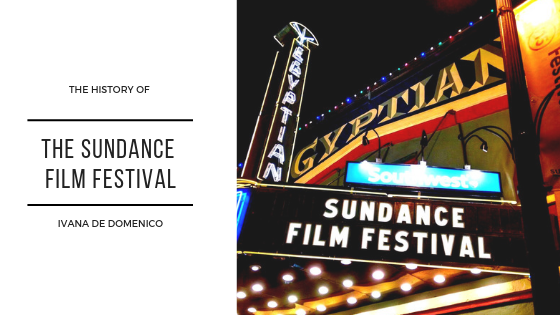The Sundance Film Festival, which is held every January in Utah, is the largest independent film festival in the United States. Independent films are funded by individuals or small studios and have no connection to larger production companies.
Independent films often struggle to attract audiences and film festivals like Sundance provide the exposure they need to attract an audience. Films that are successful at independent film festivals can also capture the attention of a large studio that will distribute the film to theaters or streaming services.
The Sundance Film Festival started in September 1978 as the Utah/United States Film Festival. The Utah Film Commission hoped the new festival would attract attention to both independent films – and the state of Utah as a film location. The Commission appointed Robert Redford, actor, director, and Utah resident, to be the festival board’s first chairman. Redford’s involvement attracted attention and funds.
The Festival was originally held in Salt Lake City and attracted a crowd but was a financial bust. In 1980, the board hoped moving the Festival to Park City and holding it in January at a ski resort would increase attendance. While more people did attend, the Festival still had money problems.
During the Festival’s transition from Salt Lake City to Park City, Robert Redford had established the Sundance Institute in 1981 to support independent filmmakers. In 1985, the Sundance Institute took the reigns and had been the driving force behind the film festival. Sundance Film Festival adopted its name in 1991. The name comes from the Institute and Redford’s most popular character, Butch Cassidy and the Sundance Kid!
By the early ‘90s, the Festival had found its feet and gained a reputation for kick-starting the careers of American independent filmmakers like Quentin Tarantino, the Coen Brothers, and Steven Soderbergh.
Today, the Sundance Film Festival runs for ten days and shows roughly 200 films. It hosts several competitions with prizes like the Grand Jury Prize (for American dramas and documentaries) and the World Cinema Jury Prize (for dramas and documentaries made in other countries). The 50,000 attendees can also enjoy workshops, discussion panels, musical events, and parties.
The Sundance Film Festival has also tried to increase diversity within filmmaking and related disciplines. For example, most published film critics are white men. The Sundance Institute has established a press inclusion initiative this year to help pay the travel and lodging costs of 50 freelance critics, who are more likely to be POCs and women. The Festival also has a Women at Sundance Initiative to highlight the contributions of women filmmakers.
